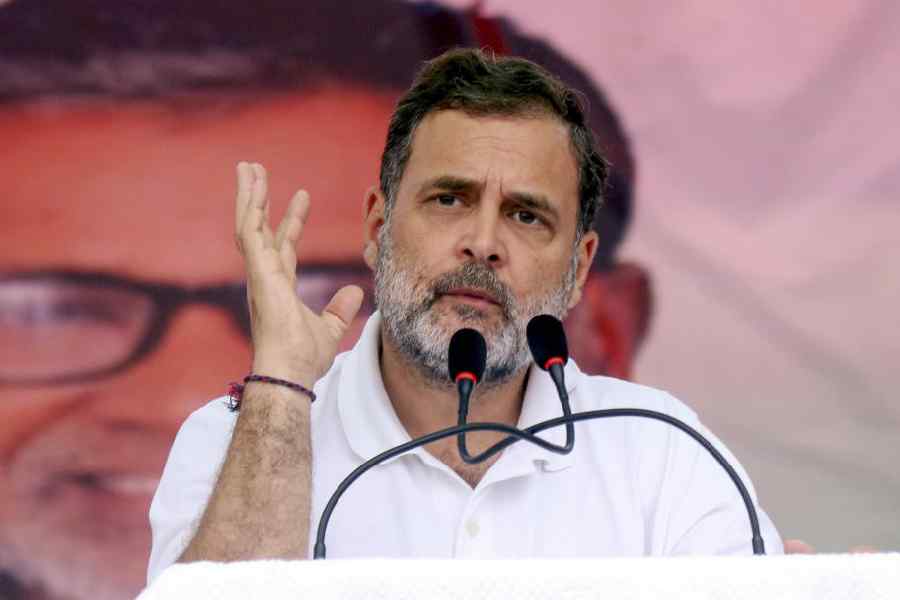 |
Conventional HR wisdom holds that after a certain threshold level, people are not too bothered about their paycheque. It is one of the hygiene factors or dissatisfiers in the Frederick Herzberg theory of motivation.
To put that in lay terms, a hygiene factor is something that is necessary but not sufficient for motivated and productive workers. Other hygiene factors include supervision, company policies, working conditions, peer relationships and security. The motivational factors, on the other hand, are achievement, recognition, work itself, responsibility and growth.
Herzberg wasn’t a universal guru. But his theory gained widespread acceptance. In the light of some recent findings, however, it may be necessary to do a rethink.
The first is a Watson Wyatt Worldwide survey of Chinese workers, which found them far less satisfied with their pay and benefits than workers in the rest of the Asia-Pacific and even when compared to the US workers. Satisfaction with pay has been on the decline in China the past few years. And this is at a time when pay increases in China and India are topping the world.
While this shows the dimensions of the problem — the malaise will spread to India too — a team of Cornell researchers has put a monkey in the works of HR practitioners. The team studied the records of more than 5,100 petroleum company employees. They found that high salary growth was the most important factor in retaining employees. Promotions were not that critical in retaining people.
“China is heading for a problem,” says Mumbai-based HR consultant D. Singh. “The people to first feel the crunch will be the multinationals. Their whole operations there are based on the export model, which means you must have cheap labour. Above-average pay hikes and an unhappy workforce on top of it is a recipe for disaster.”
India is different because most of the MNCs coming in are targeting the domestic market. So a company won’t lose its competitive advantage so rapidly. The threat is anyway from China, which is facing the same problem.
“But you will have to come to grips with this sooner or later,” says Singh. “And you will have to work out an Indian solution; there is no point looking at the management theories of the West.”
He sums up the problem simply. India Inc has been giving the highest salary hikes in the world (see box) and will be for some years to come. There comes a point when that must stop. If, at that juncture, the traditional motivators — recognition, promotion, responsibility — do not work, what do you do?
In a different environment, one could have recommended encouraging intrapreneurs, allowing stars to work as entrepreneurs within the organisation. This would also allow them to write their own paycheque depending on their success. “It also keeps them busy,” says Singh. But Indian organisations are not used to this.
A second option: The high-fliers could be posted abroad. But not all Indians get their kicks from foreign assignments.
“We will have to work on family values,” says Singh. “These are far stronger here than in the West, where parents feel they have fulfilled their responsibilities once the son or daughter gets into college. When they grow old, they move into old-age homes or stay on their own. In India, it is different. You need to tap these values before it becomes too late.”
This would possibly involve the creations of father figures (mentors) in the workplace. They would hold the place together with “family” ties. Singh doesn’t have the contours very clear in his mind. But he calls it the ghar jamai style of HR.
CHECKING IN
Projections of pay hikes in India
HayGroup: The extremely high pay rises seen last year — 7.2 per cent across the board — look set to continue into 2007. India boasts the second highest (after China ) pay increase predictions for 2007, with salary increases of 6.2 per cent forecast across all the 3 job levels. Senior managers could anticipate a rise of 6.9 per cent, with professionals and administrators getting 5.9 per cent each.
Hewitt Associates: India will continue to be the highest salary growth region in Asia-Pacific with an all-time high average pay hike of 14.5 per cent in 2007 against 14.4 per cent in 2006, 14.1 per cent in 2005 and 13.7 per cent in 2004. The Philippines and China will follow with hikes of 8.4 per cent and 8.2 per cent, respectively.
ECA International: The highest salary increases for 2007 are anticipated to be in India, Indonesia and Russia, with companies in all three locations forecasting median increases above 10 per cent. At the other end of the scale, salary increases are forecast to be lowest in Switzerland, Japan and Germany.










